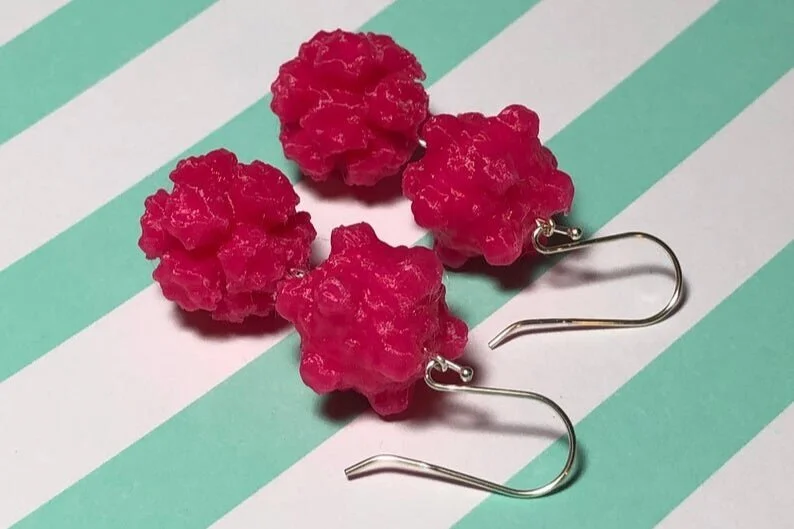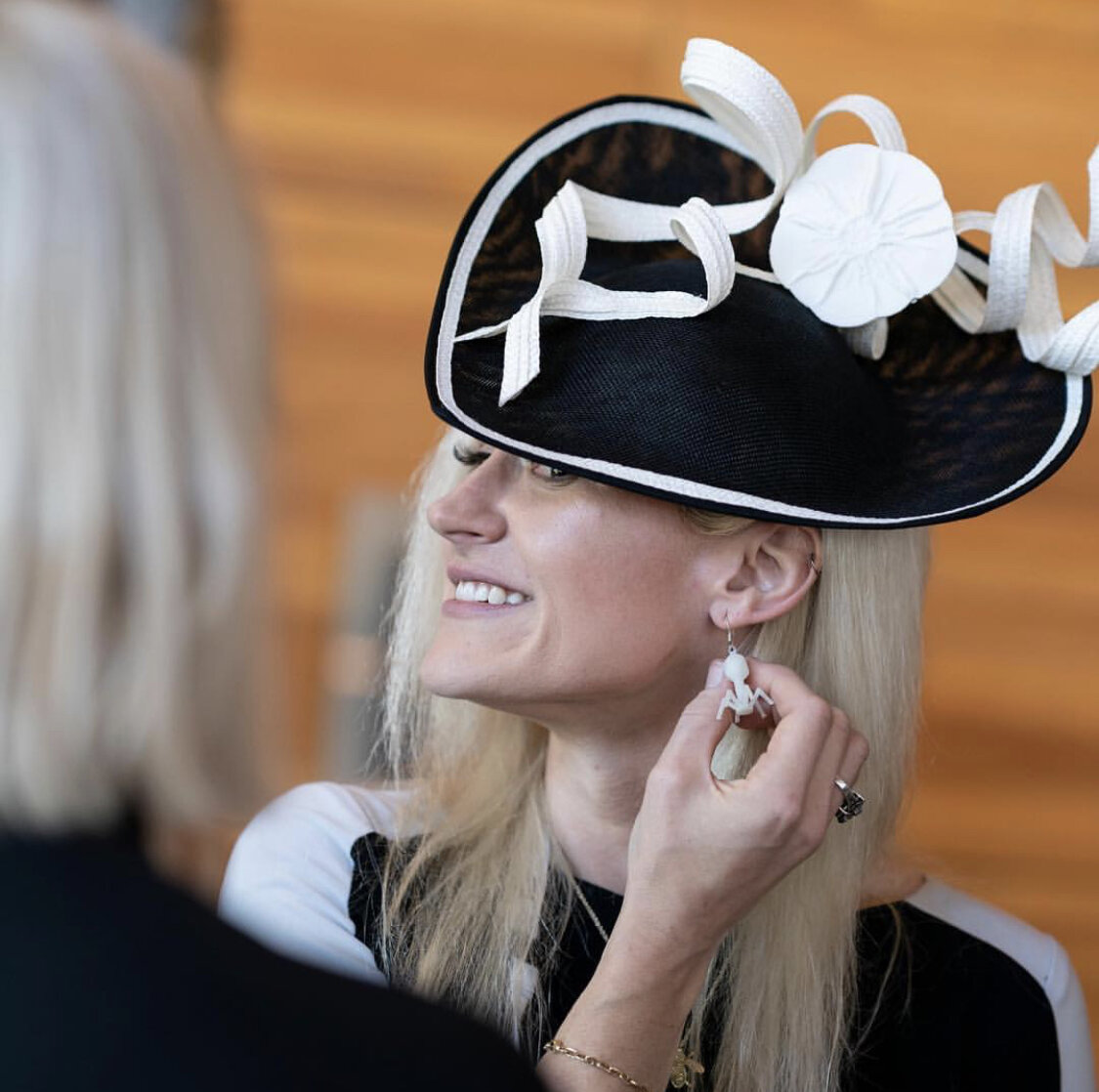
Microbe Hat Project: Using fashion & 3D printing to communicate science
We all use fashion to communicate. From sports fans indicating their allegiance, to children wearing special hats to indicate their birthday—even “Pussy Hats” knit to arm activists—Fashion is how we transmit information.
Scientists and policy-makers alike are struggling to engage the public with scientific topics ranging from vaccination to global climate change. One challenge is that there are few tools that take creative approaches to engage diverse audiences in scientific discussions using evidence-backed practices.
These two topics are related.
The Microbe Hat Project blends fashion, science, and technology to create microbe-themed hats— tools designed to facilitate communication efforts on specific subjects. The hats are Derby-style hats that feature microbial elements: 3D printed microbe models, microbial cellulose, microbe-generated plastics, microbial pigments, and sometimes even living microbes. The hat becomes a talking point to guide constructive discussions about microbial science topics using the evidence-based participatory science education model. The project uses data-driven approaches to design hats that are tied to key topics.
The project has multiple goals:
First, to take advantage of the audience that fashion already has—reaching communities that science communication efforts often overlook and using them to amplify the discussion about the benefits of microbial applications. This is achieved through the growing Microbe Hat Exhibit, various exhibits and talks on this project, and a growing list of collaborators.
Second, to create an open-source protocol that will allow the program, and tools, to be adopted by communities around the world, teaching students about microbiology and science communication using a project-based module.
Third, to engage audiences in microbial sciences through participatory conversations between the wearer of the hat and informal audiences that comment on the hat when it is being worn. This is an evidence-backed practice shown to effectively communicate science. It presents a new model for science communication using robust, data-driven methods.
Taken together, the project enables students, educators, and scientists to create opportunities for constructive dialogue and effective science communication using creative, boundary-pushing tools.
Check back soon for newly launched lesson plans (open source), project updates, and where you can see this exhibit in person.
The Gallery
The video to the right introduces you to some of the hats that are a part of this exhibit. Scroll below to learn about the microbes and microbial products featured on each of these hats.

"Fighting Cancer" 2021. Featuring a 3D printed models of Bleomycin, life-saving cancer therapeutic that comes from a soil bacterium. 3D print file created on NIH website and printed by Shapeways. Hat base created and designed by FabHatrix of Edinburgh, Scotland.
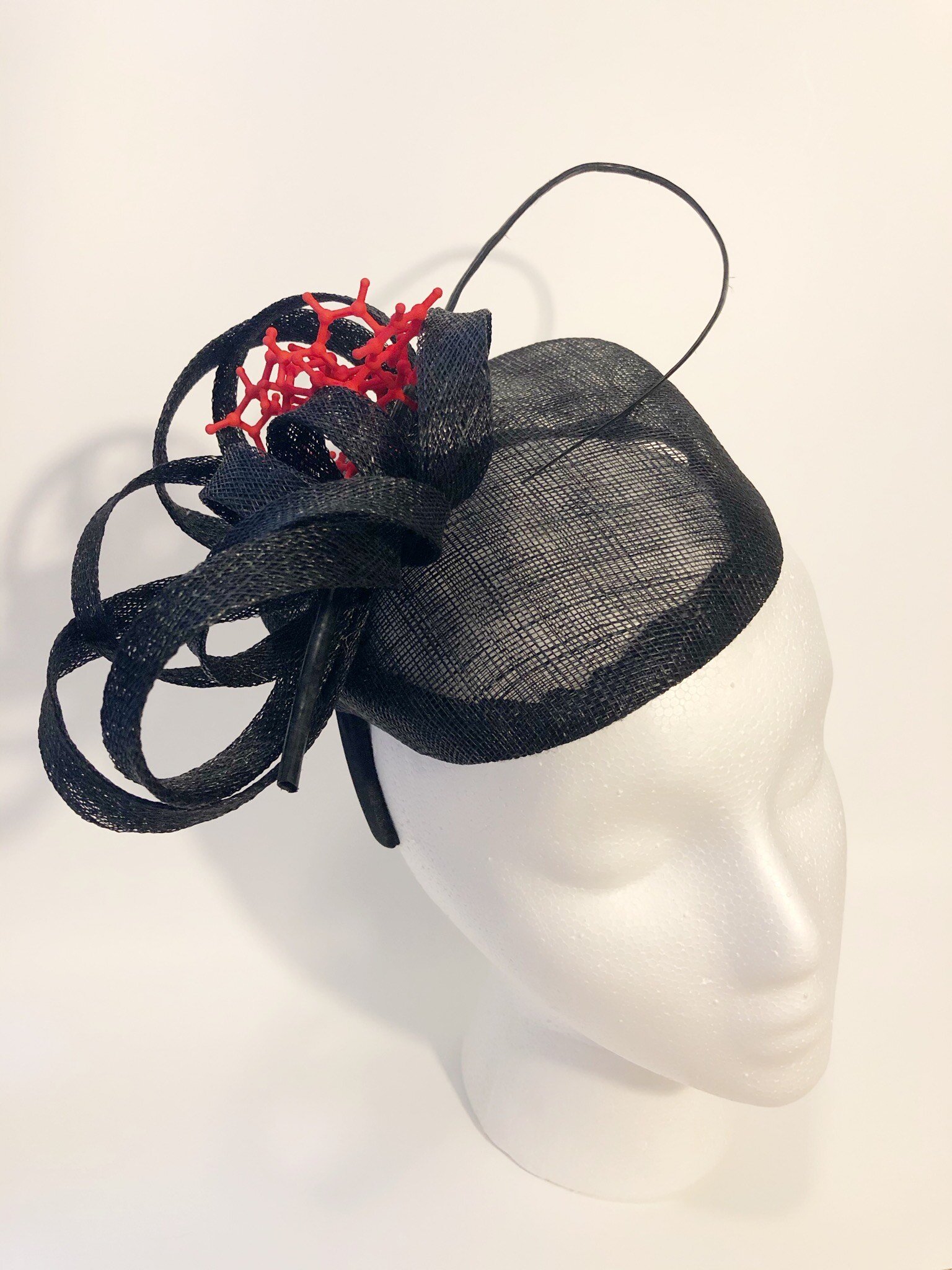
"Penicillin I" 2019. Penicillin, an antibiotic made from soil fungi. 3D print files created by NIH and printed via Shapeways. Hat base purchased from The Hat Box in Oxford, UK.

"Purple Partnerships I" 2021. This hat is made with fabric dyed with microbial pigments. The microbes that generated this natural dye were collected as part of a citizen science project and these scraps of cloth are the 'waste' from an associated participatory art project. Dyed fabric and microbial isolates courtesy of Brooke Jude of Bard College. Hat designed and created by Anne A. Madden.
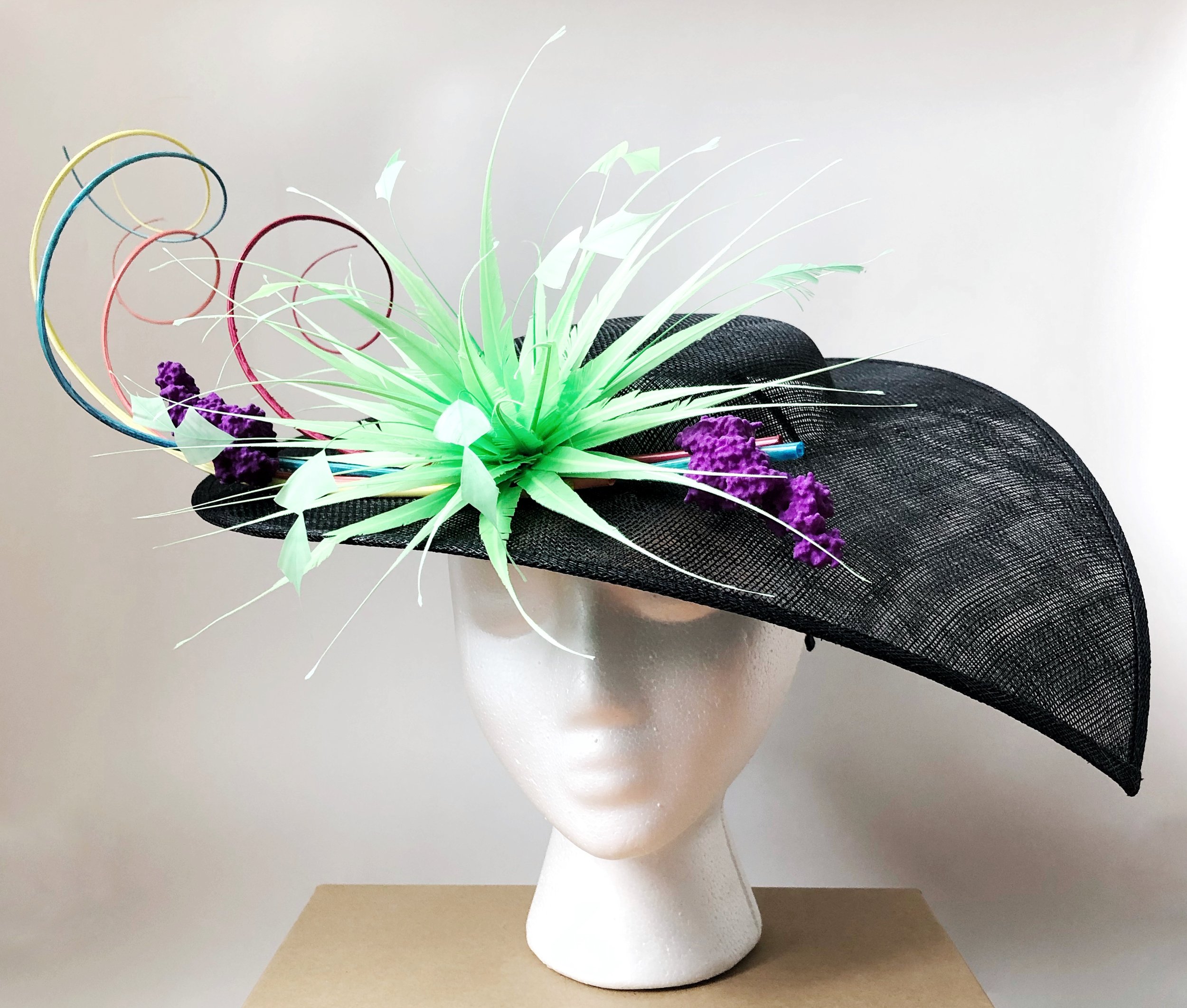
"PCR" 2022. Featuring a 3D printed model of Taq polymerase, the molecular engine that powers PCR and which was originally found inside a bacterium from Yellowstone National Park. 3D print file from PDB on the NIH website and printed by Shapeways. Hat base created and designed by The Hat Girls in Louisville, Kentucky.
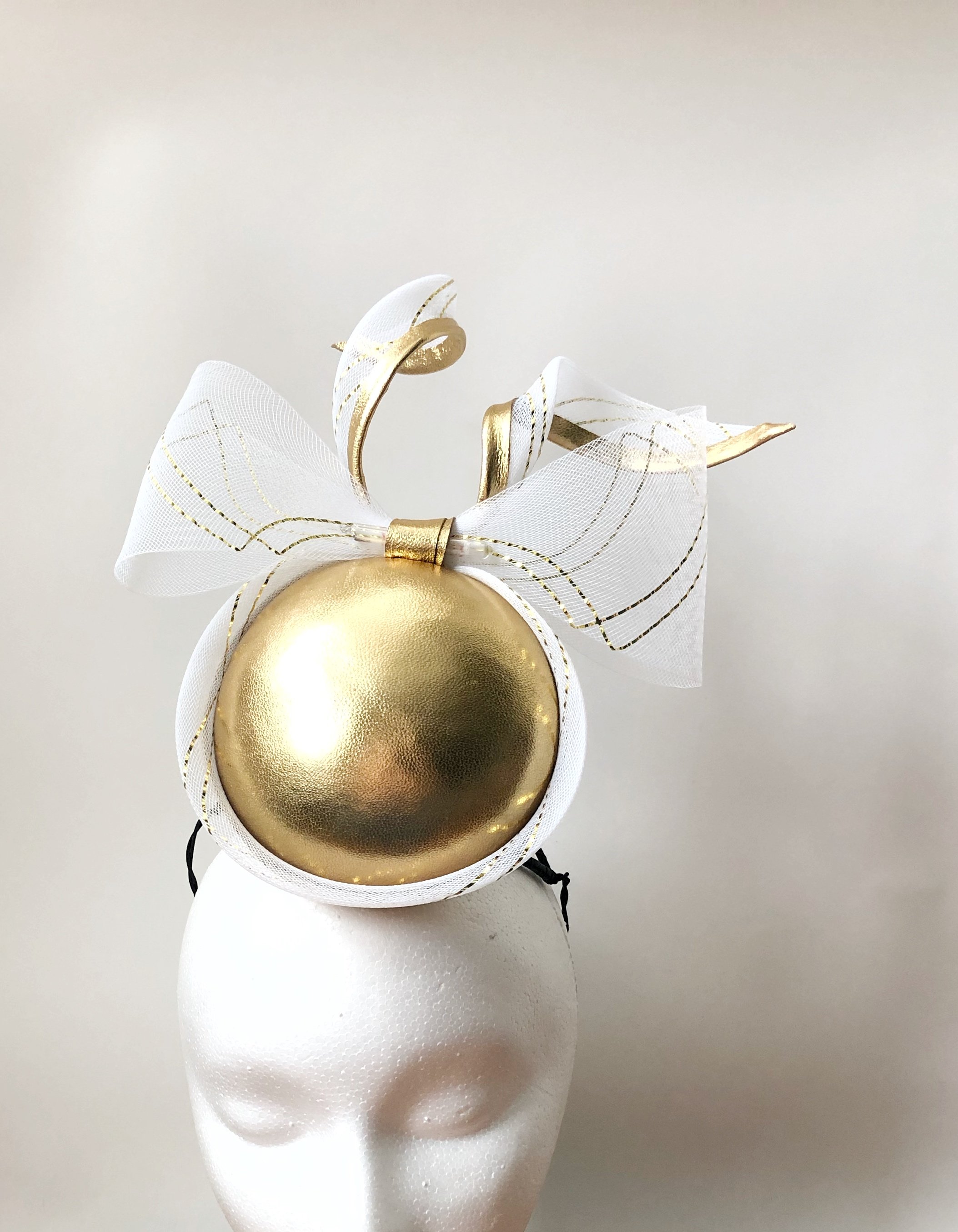
"Golden Age of Antibiotics" 2022. Featuring a glass vial enclosing living cells of the original strain of Penicillium that gave us commercial Penicillin in the '40s and triggered "the golden age of antibiotic discovery." Hat base created and designed by Allport Millinery of Australia.
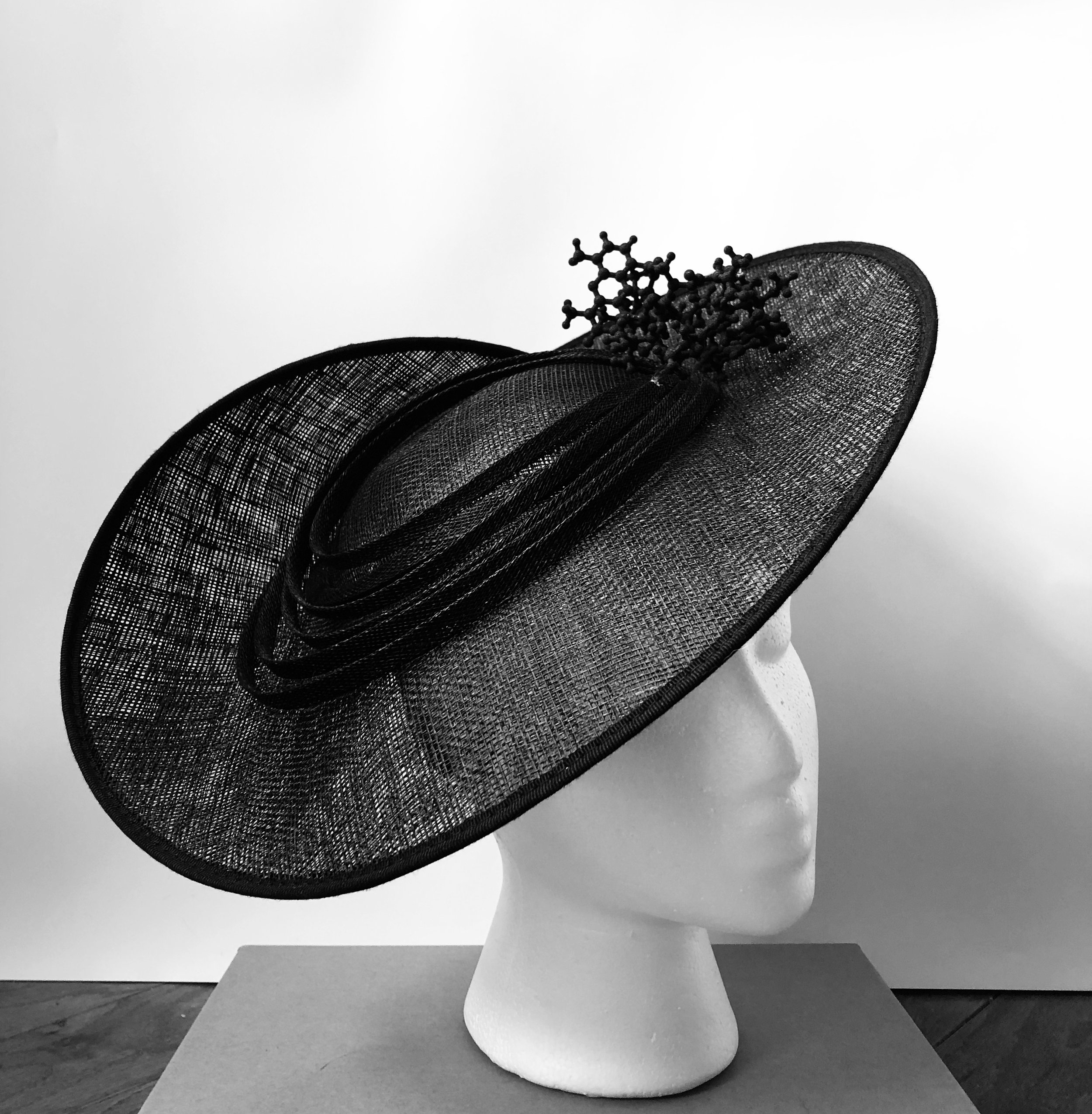
"Natural Products II" 2021. Natural products (molecules) created by actinobacteria, including therapeutics involved in immune suppression (for organ transplants), antibiotics, and anticancer medication. 3D files created by NIH and printed via ShapeWays. Hat base created and designed by Fabhatrix in Edinburgh, Scotland.
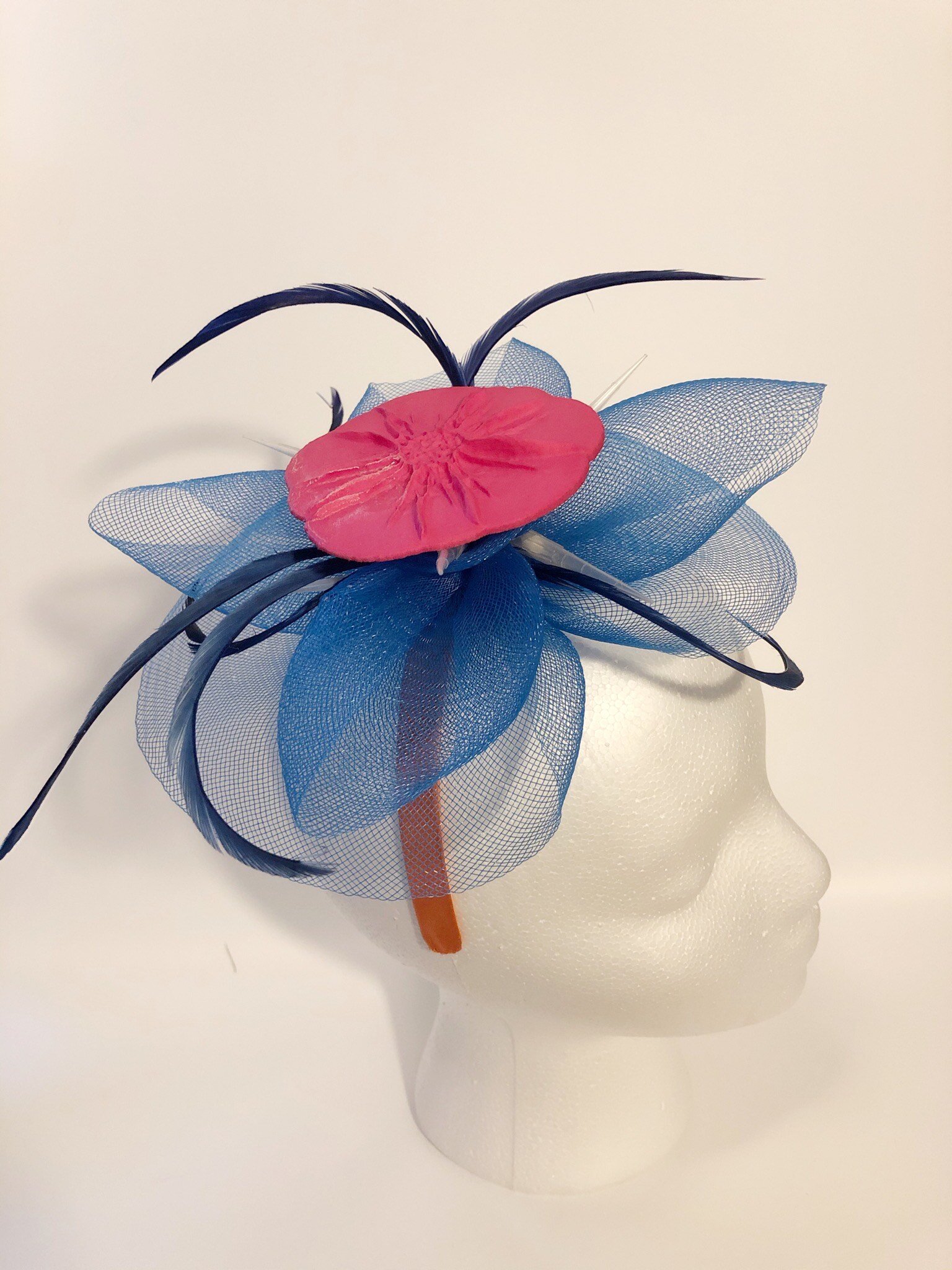
"Biofilm I" 2018. Bacillus licheniformis, a bacterium, growing on a Petri dish. 3D print created by Scott Chimileski and printed via Shapeways. Additional components: Plastic pipet tips.
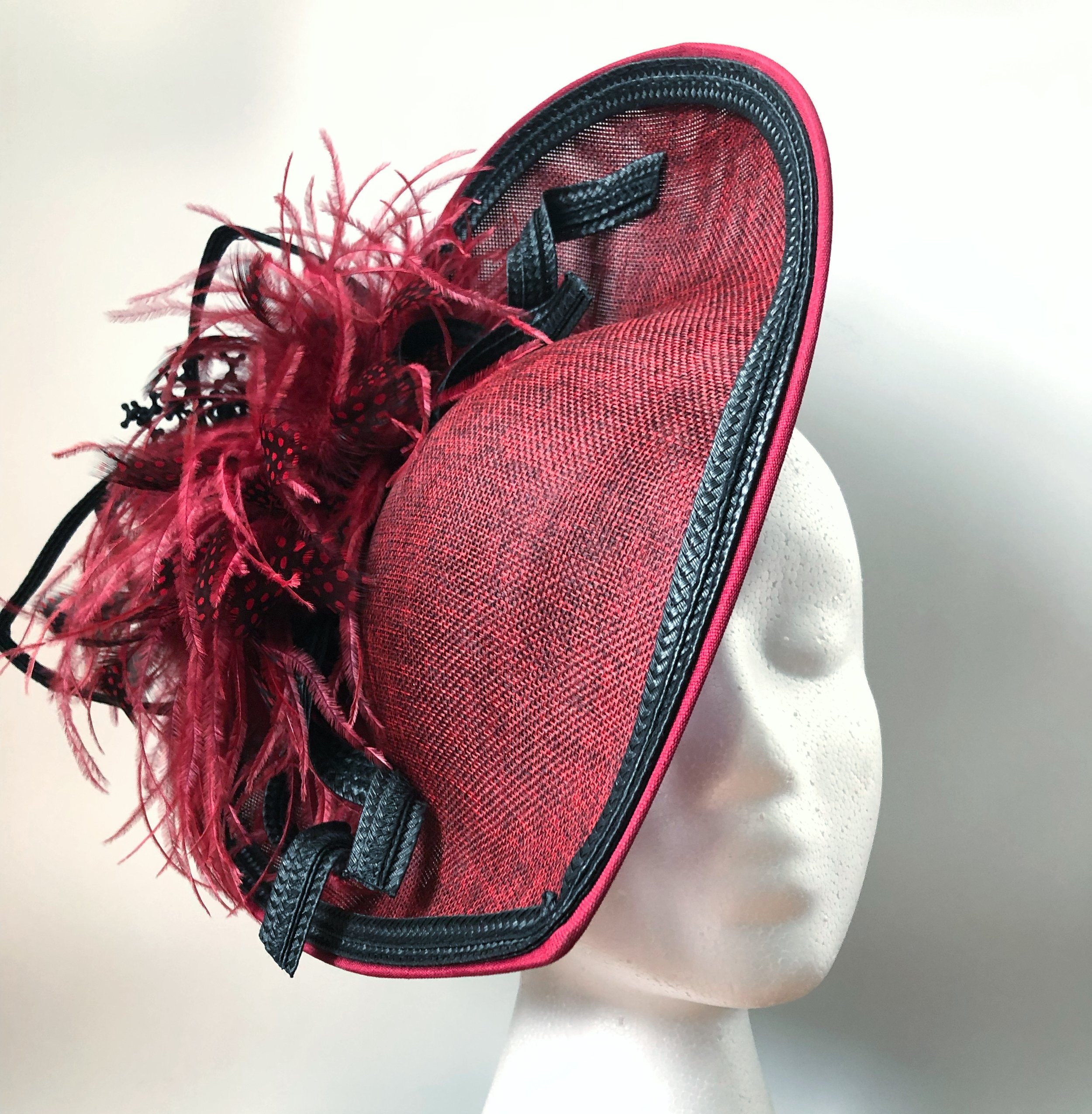
"Guard my heart" 2022. Featuring a 3D printed model of Ivermectin, a life-saving antiparasitic originating from a soil bacterium. 3D print file created on NIH website and printed by Shapeways. Hat base created and designed by Marie Galvin Fine Millinery in Boston, MA.
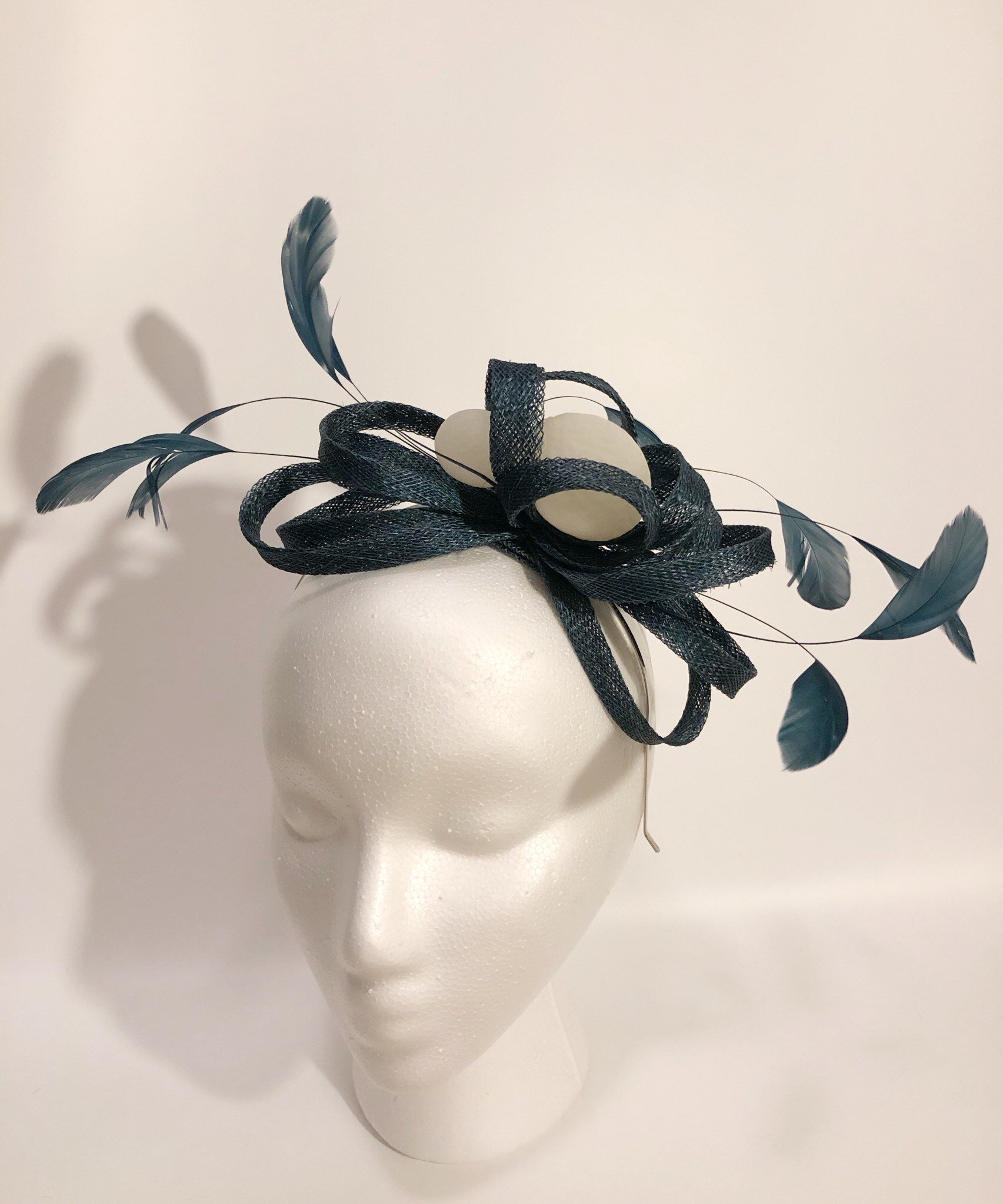
"Metabolism I" 2019. Yeast, microbes that help us fight cancer because at the cellular level, we are not that different from yeast. 3D file created by D. Allan Drummond. The hat base was purchased from Fabhatrix in Edinburgh, Scotland.
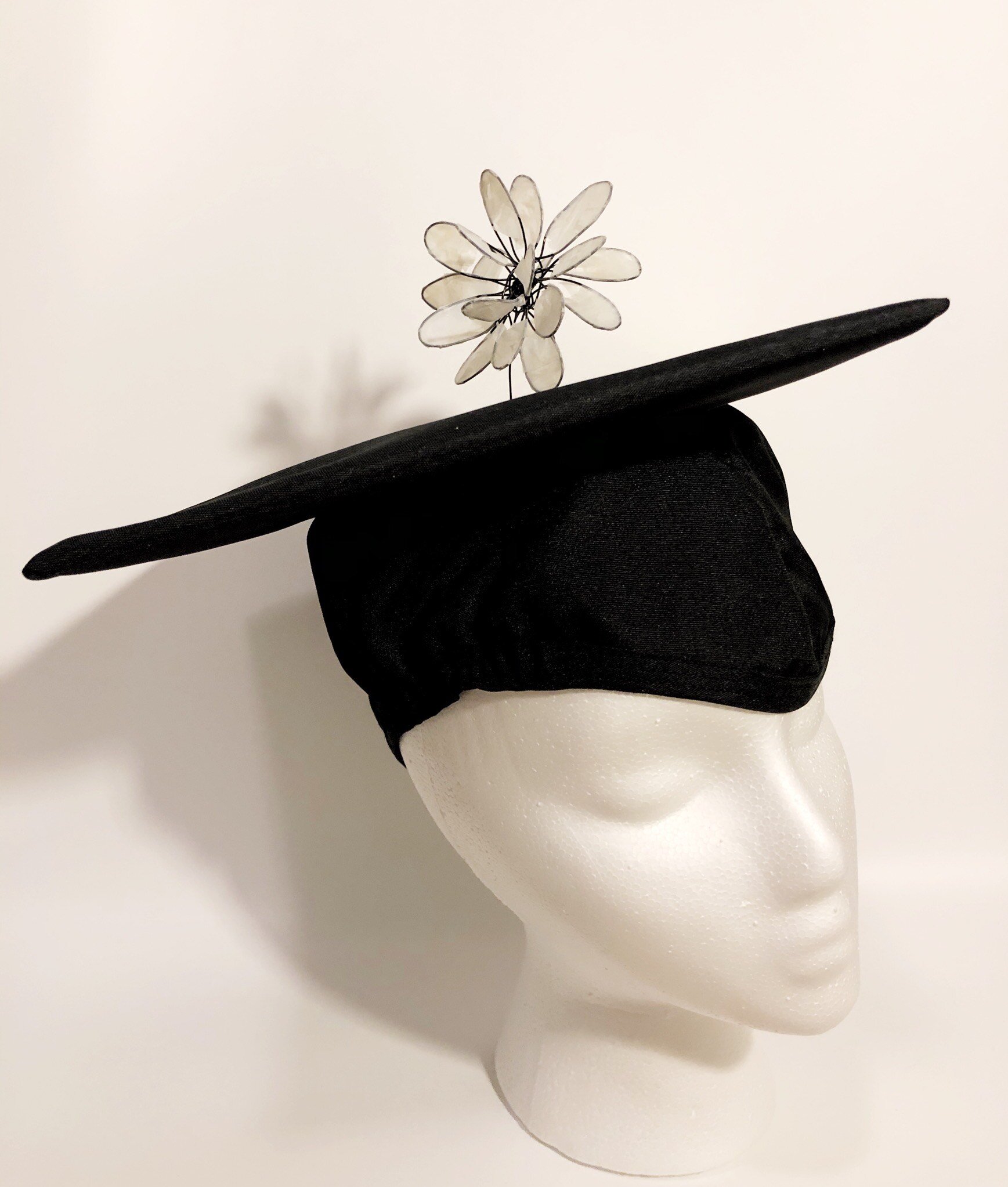
"Biocellulose I" 2020. Bacterial nanocellulose, made by acetic acid bacteria. Hat fully designed by Anne A. Madden.
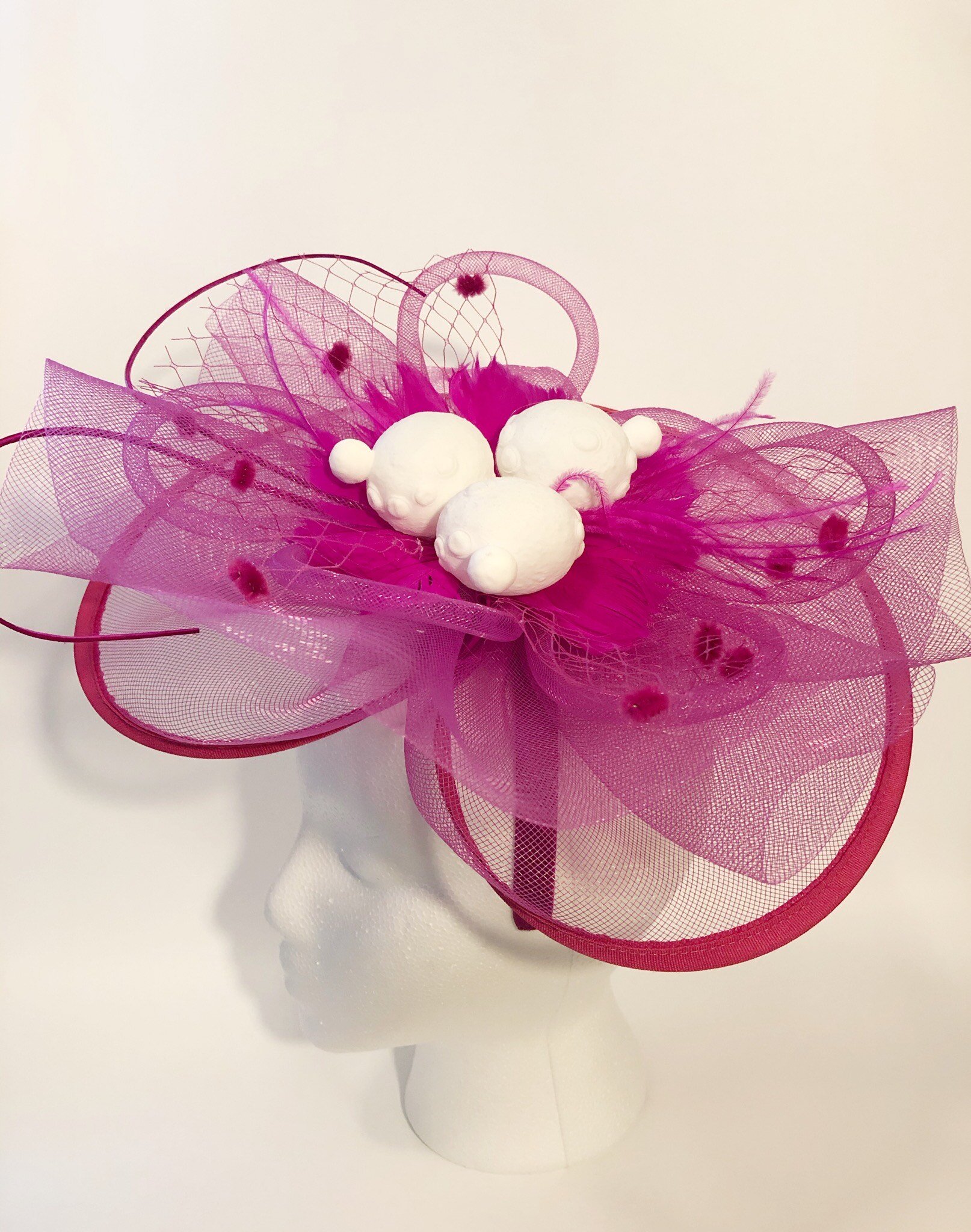
"Baking Yeast I" 2019. Yeast, microbes involved with making bread. 3D print file created by "The Brothers Y" and printed via Shapeways. Hat base purchased from Lucky Leaf. Versions of this hat also featured aromas of baking bread, which are partially derived from yeast.

"Streptomycin" 2022. Featuring a 3D printed model of Streptomycin, a life-saving antibiotic originating from a soil bacterium and the antibiotic that saved us from Tuberculosis. 3D print file created on NIH website and printed by Shapeways. Hat base created and designed by Marie Galvin Fine Millinery in Boston, MA.

"Fermentation I" 2019. Yeast, microbes involved in making alcohol. 3D print files created by D. Allen Drummond. Hat base purchased from Lucky Leaf.

"Enzymes (Climate Change) I" 2019. Bacteria that make detergent enzymes. 3D print created by Scott Chimileski and printed via Shapeways, base hat and design created by Marie Galvin Fine Millinery in Boston, MA.
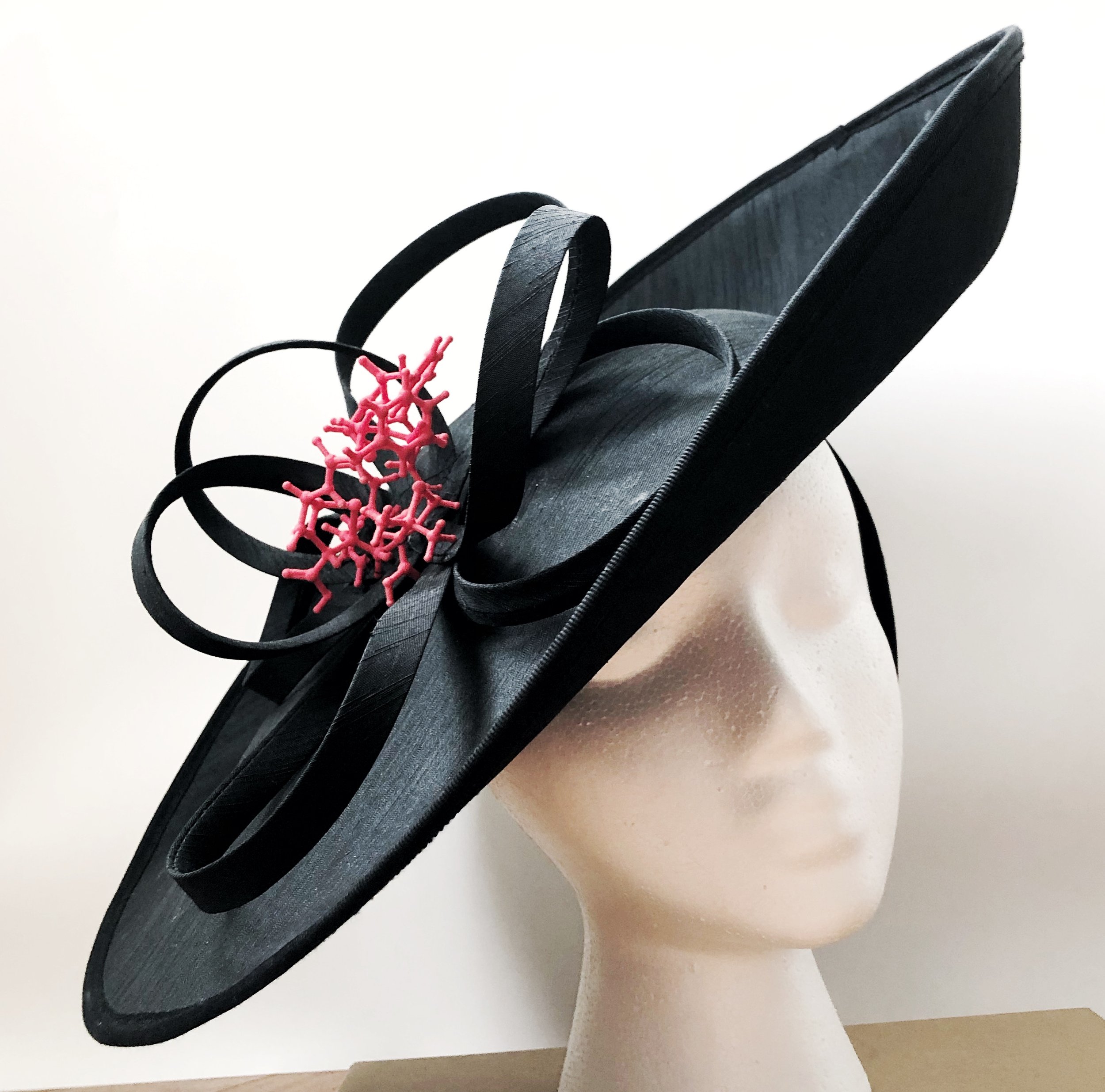
"Penicillin II" 2022. Featuring 3D printed models of Penicillin, a life-saving antibiotic originating from a fungus. 3D print file created on NIH website and printed by ShapeWays. Hat base purchased from Hatvillage Toronto, Canada.

"Natural Products I" 2021. Natural products (molecules) created by actinobacteria, including therapeutics involved in immune suppression (for organ transplants), antibiotics, and antiparasitics. The hat is infused with geosmin, the aroma produced by actinobacteria in fresh-turned soil. 3D files created by NIH and printed by Shapeways. Hat base created by Anne A. Madden.
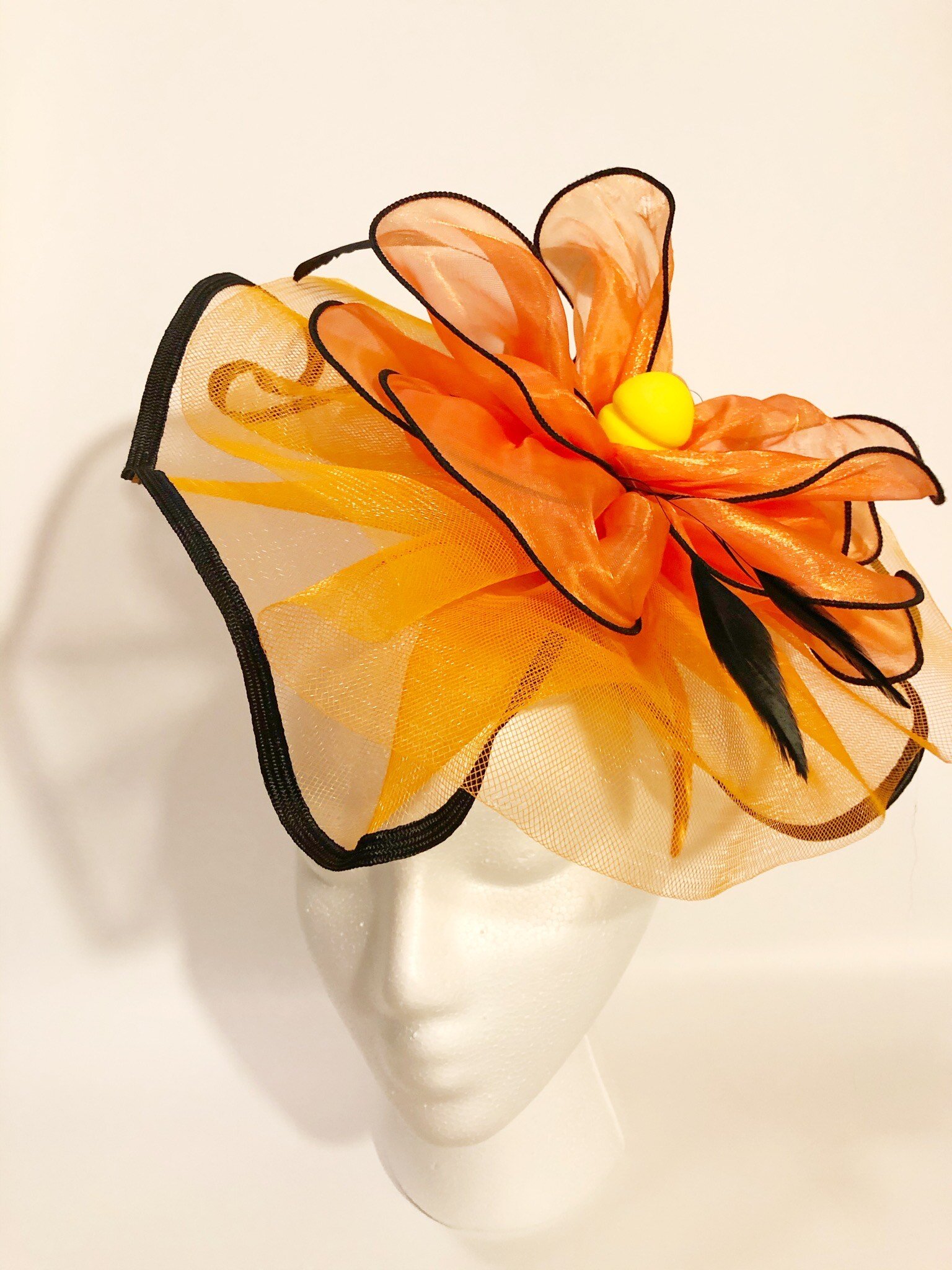
"CRISPR I" 2019. Bacteria that helped us discover genome-editing technology. 3D print file created by James Tyrwhitt Drake and printed via Shapeways. Hat base purchased from LATIMOON.
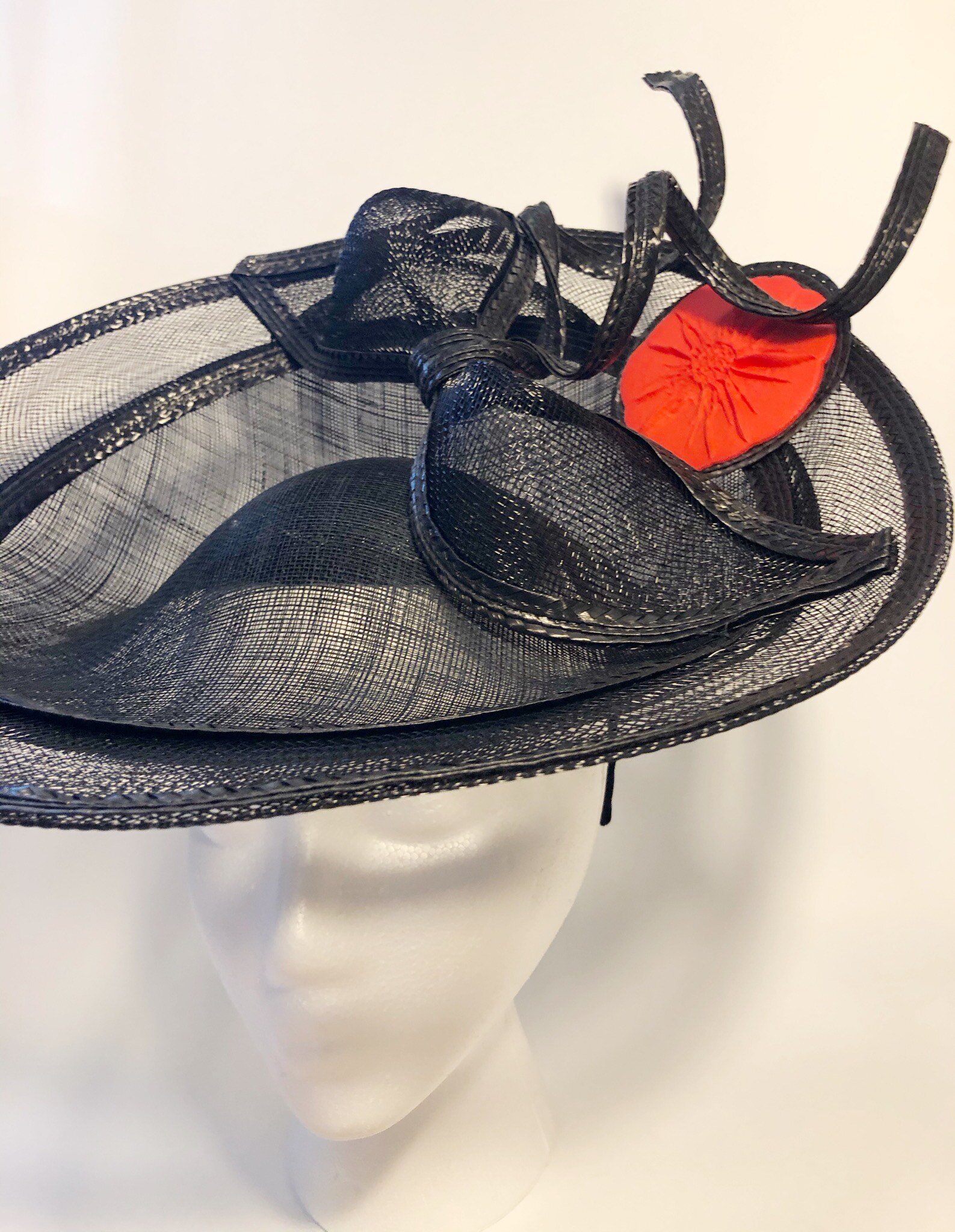
"Antibiotic Origins (Red)" 2019. Bacteria that make neosporin. 3D print file created by Scott Chimileski. Hat base created and designed by Marie Galvin Fine Millinery in Boston, MA.
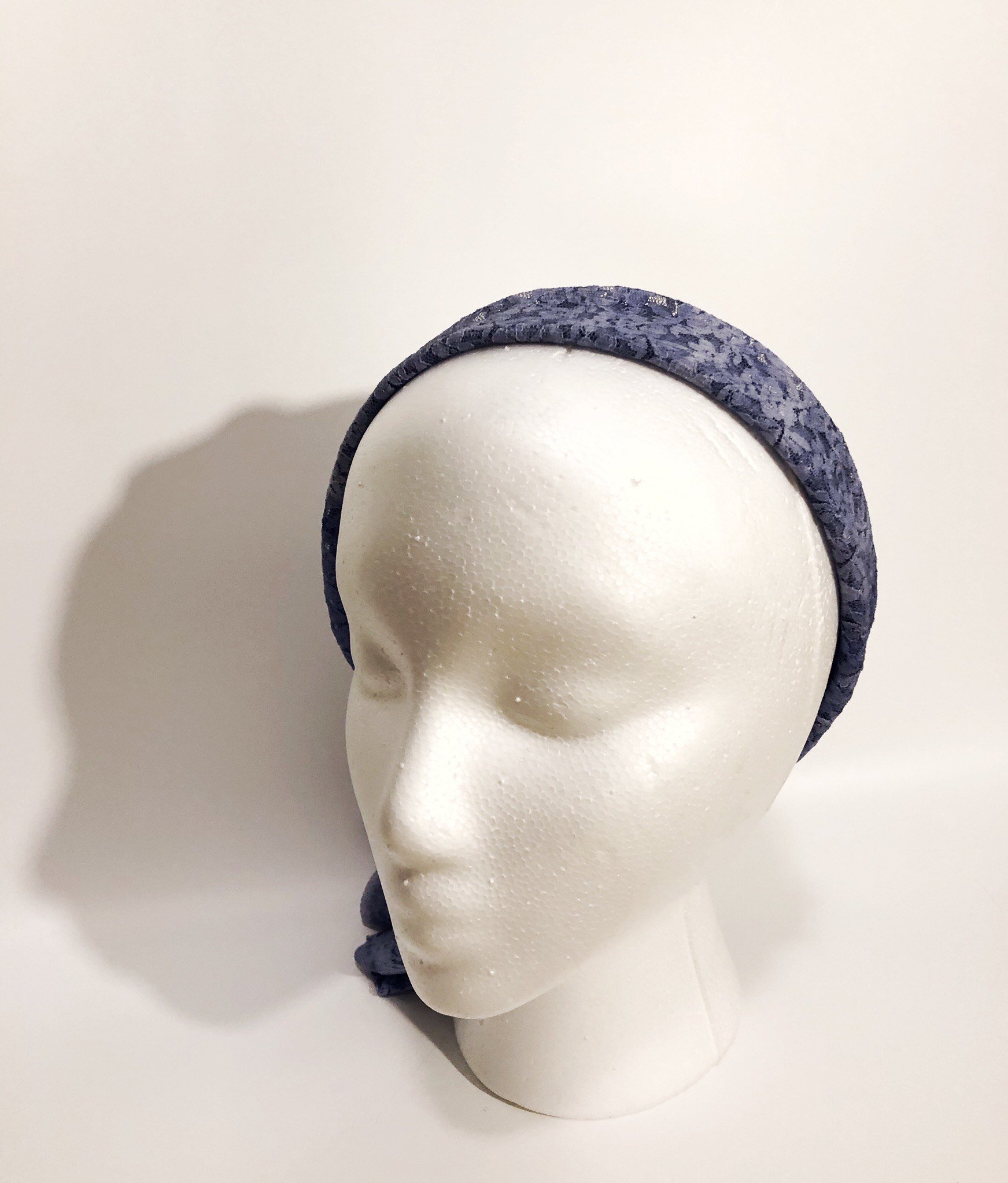
"Microbe Pigment (Citizen Science) I" 2019. Headwrap dyed with violacein produced by environmental bacteria. Fabric dyed by Brooke Jude of Bard College.

"Scale" 2020. A corona virus particle. The black hat is scaled to the size of a bacterium based on the scale of the coronavirus particle to show just how tiny virus particles are--and why they are so easily transported by air. Coronavirus 3D print model created by Panda3D and printed by Shapeways. Hat base purchased from Hatvillage, Toronto, Canada.
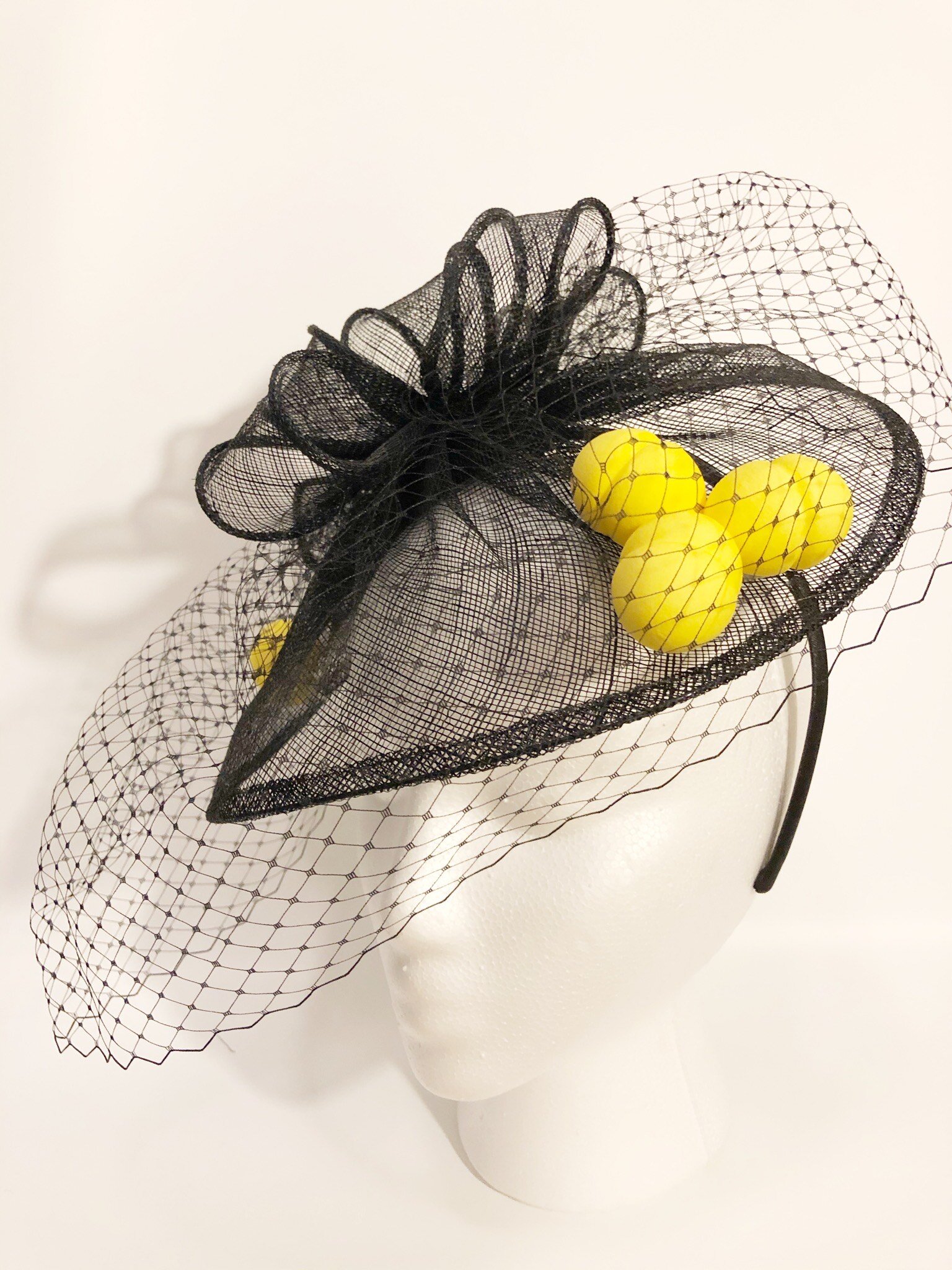
"CRISPR II" 2019. Bacteria that helped us discover genome-editing technology. 3D print file created by James Tyrwhitt Drake and printed by Shapeways. Hat base purchased from LATIMOON.
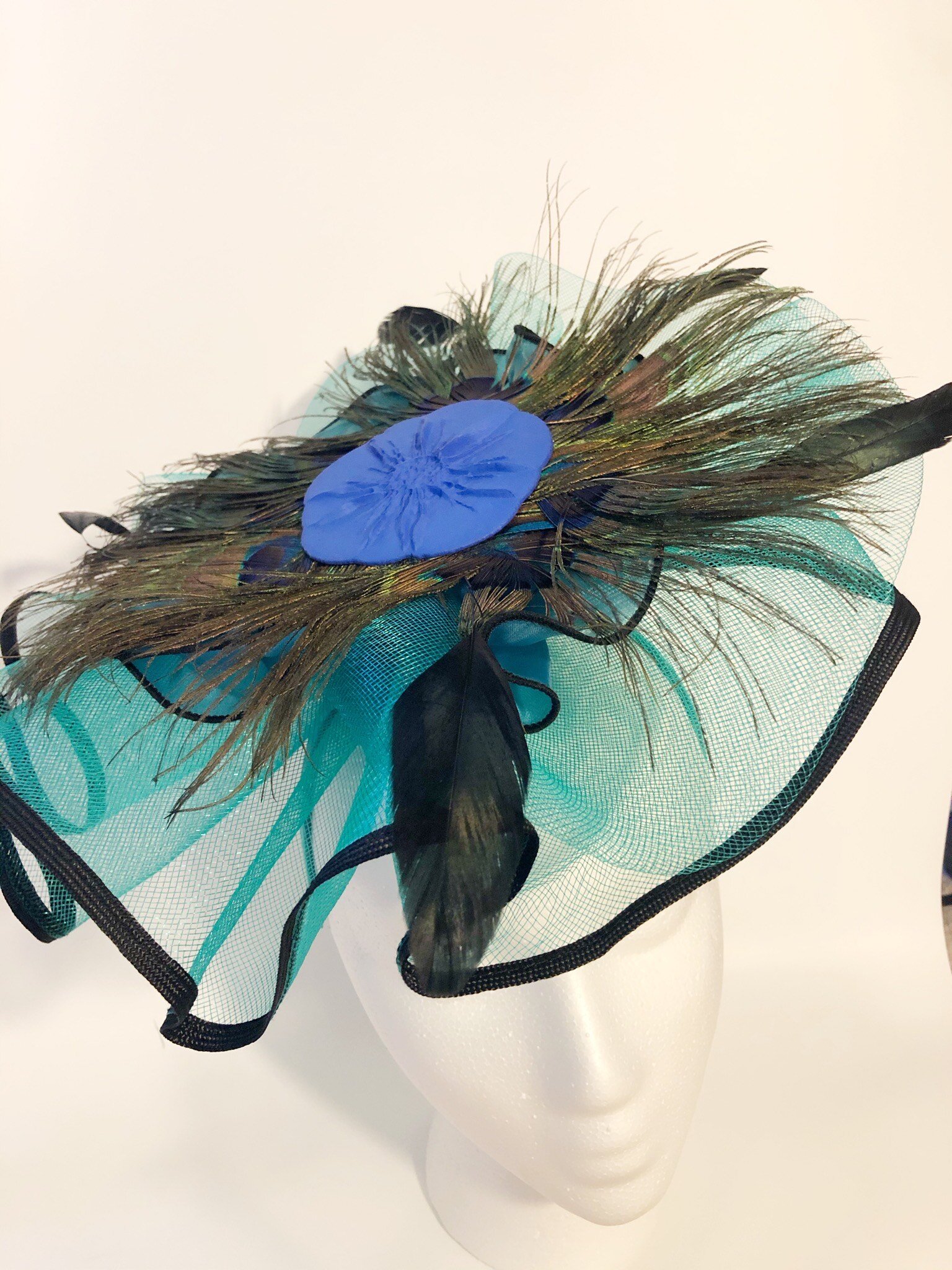
"Enzymes II" 2019. Bacteria found in bird feathers that make useful enzymes. 3D print file created by Scott Chimileski and printed via Shapeways. Hat base purchased from LATIMOON.
Presentations
(This project —or hats from this exhibit— have been featured in talks at the following venues)

"Enzymes (Climate Change)" TED SUMMIT 2019, Community Theater Stage, Scotland. (c) Bret Hartman / TED

"Fermentation I" TED SUMMIT 2019, Scotland

"Fighting Cancer" 2021 at TED Summit CountDown in Edinburgh, Scotland.

"Enzymes (Climate Change)" TED 2019, Vancouver, BC. (Photo credit: (c) Bret Hartman / TED)
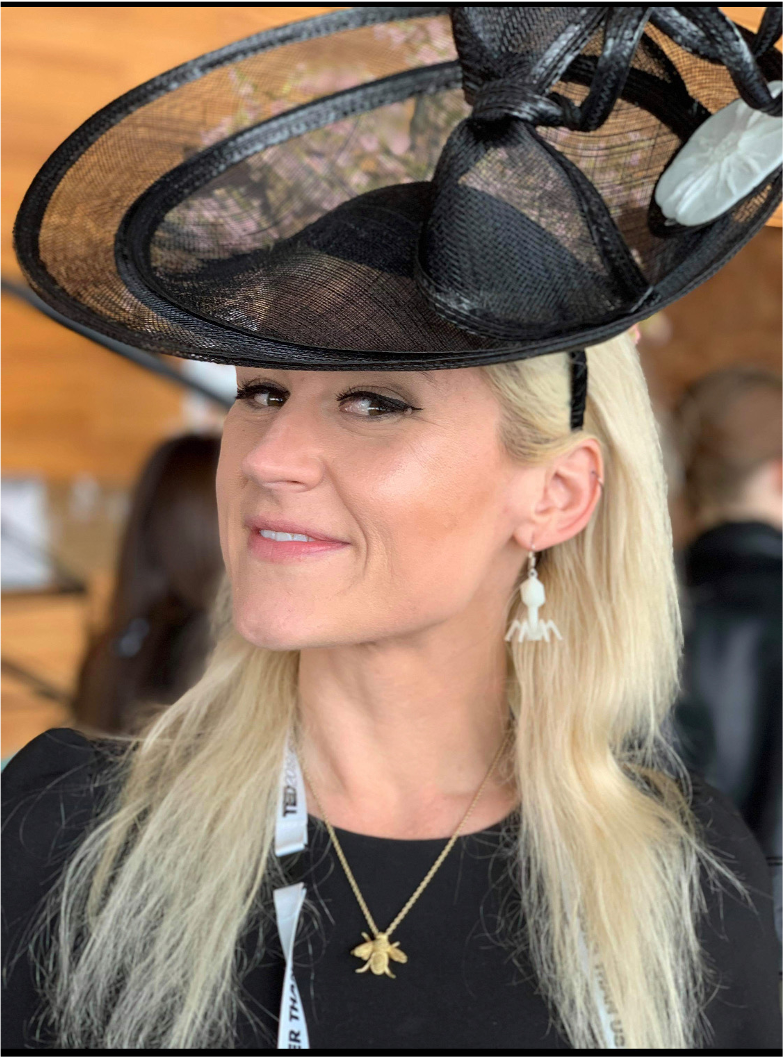
"Antibiotic Origins (White)" TED 2019, Vancouver, BC. (Photo credit: Vincent Argiro.)
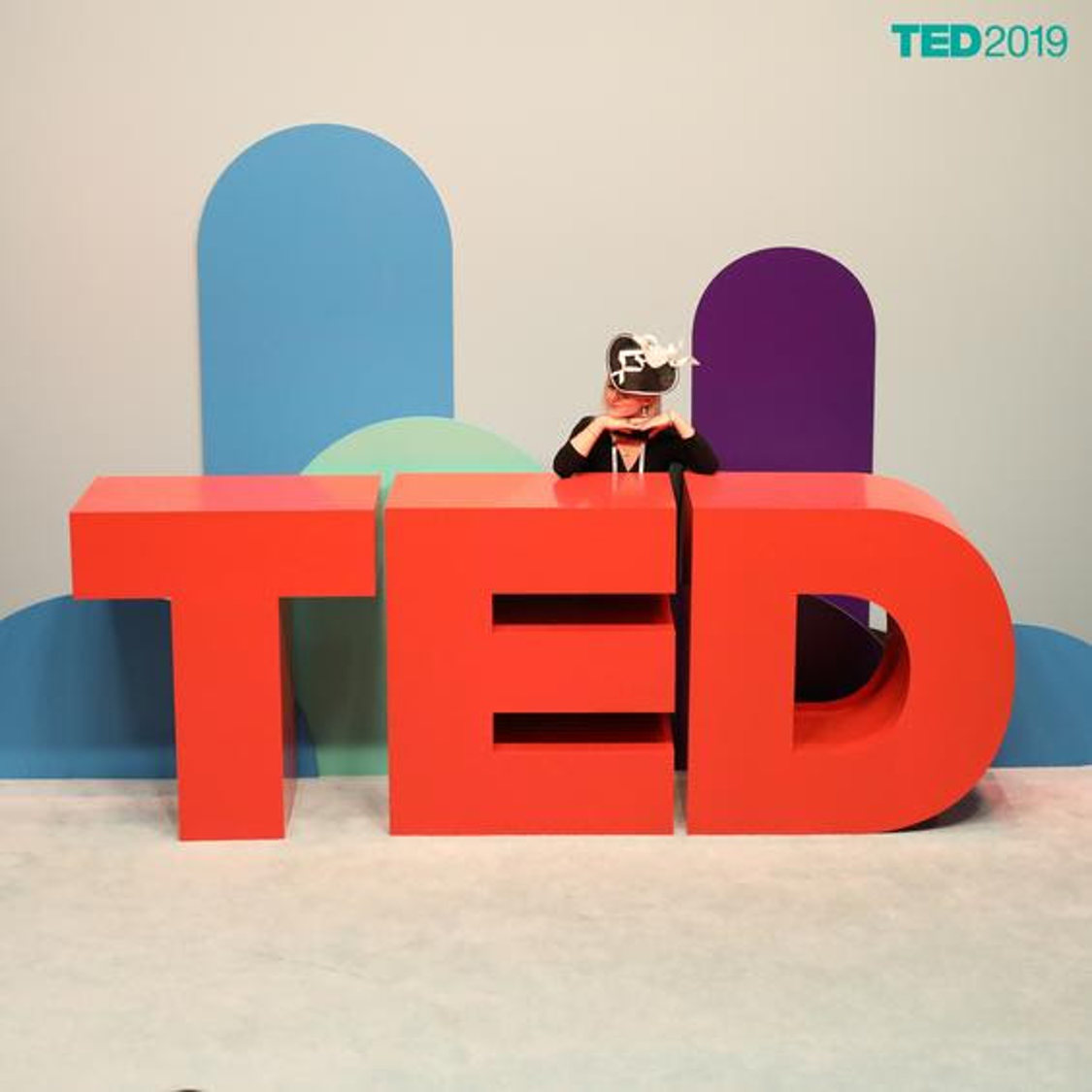
"Enzymes (Climate Change)" TED 2019, Vancouver, BC
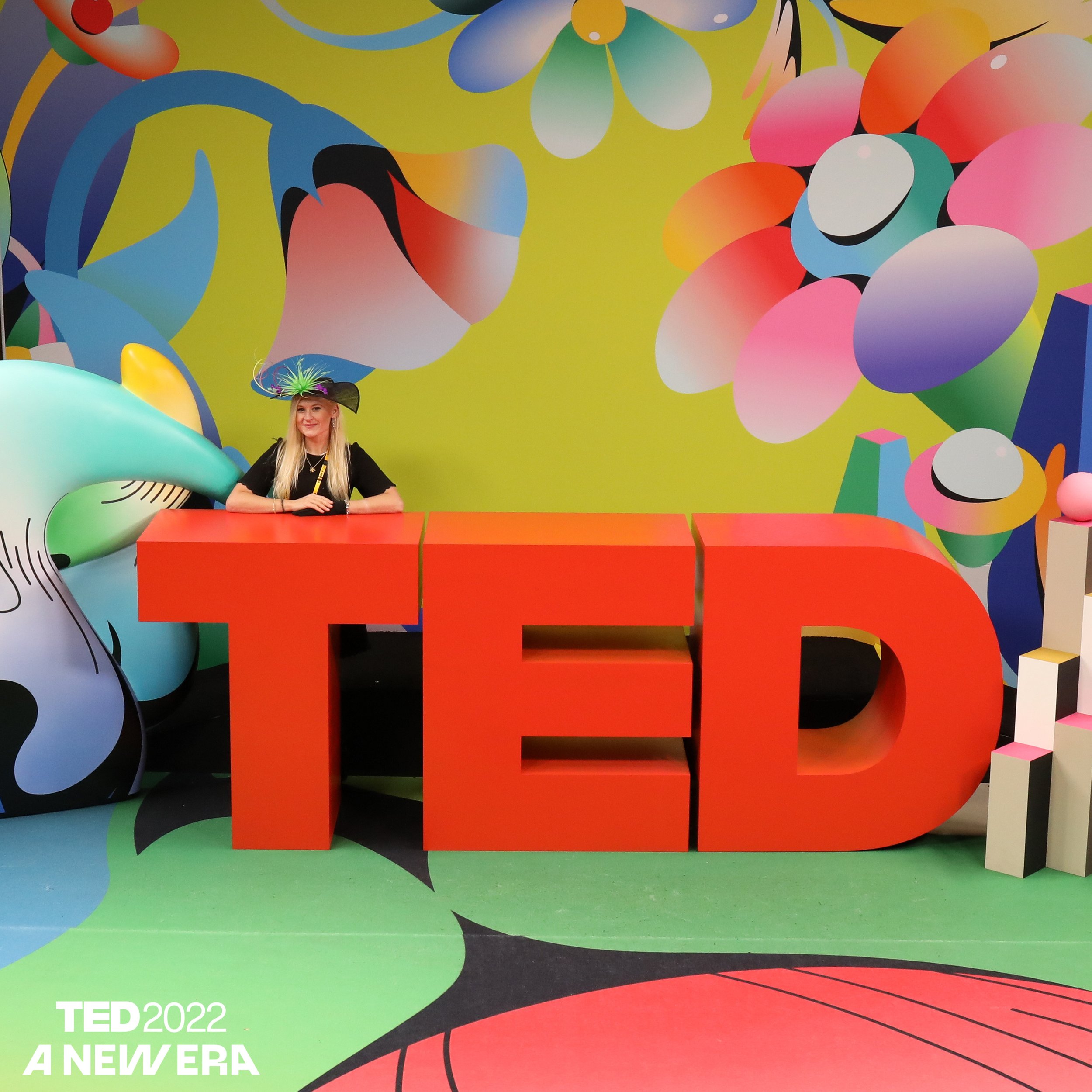
"PCR" at TED 2022 in Vancouver, BC

2019 Ig Nobel Ceremony, Harvard University. (c) Improbable Research Society

"Natural Products II" in 2021 at TED Summit CountDown in Edinburgh, Scotland. (Photo credit: James Wynn.)
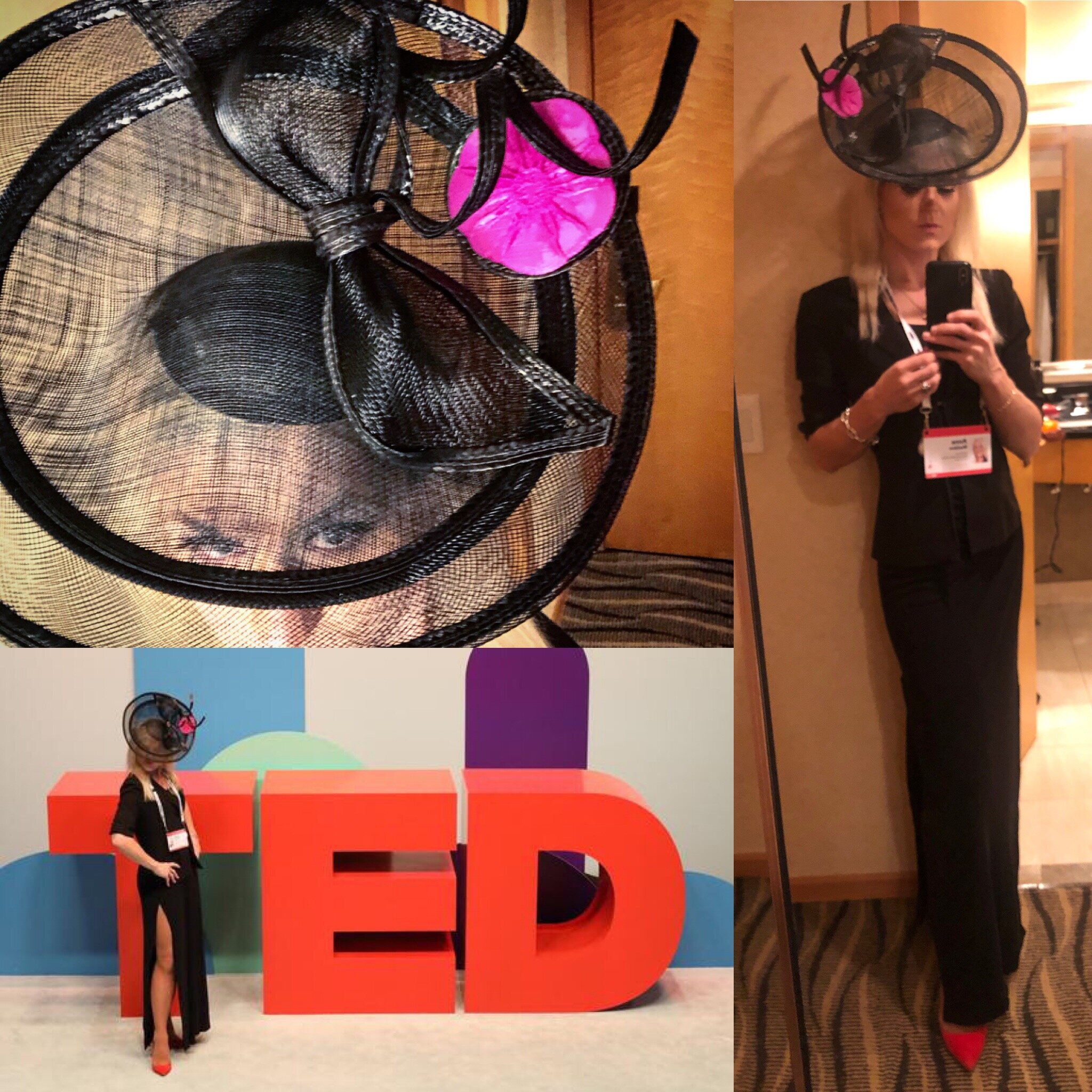
"Antibiotic Origins (Pink)" TED 2019, Vancouver, BC
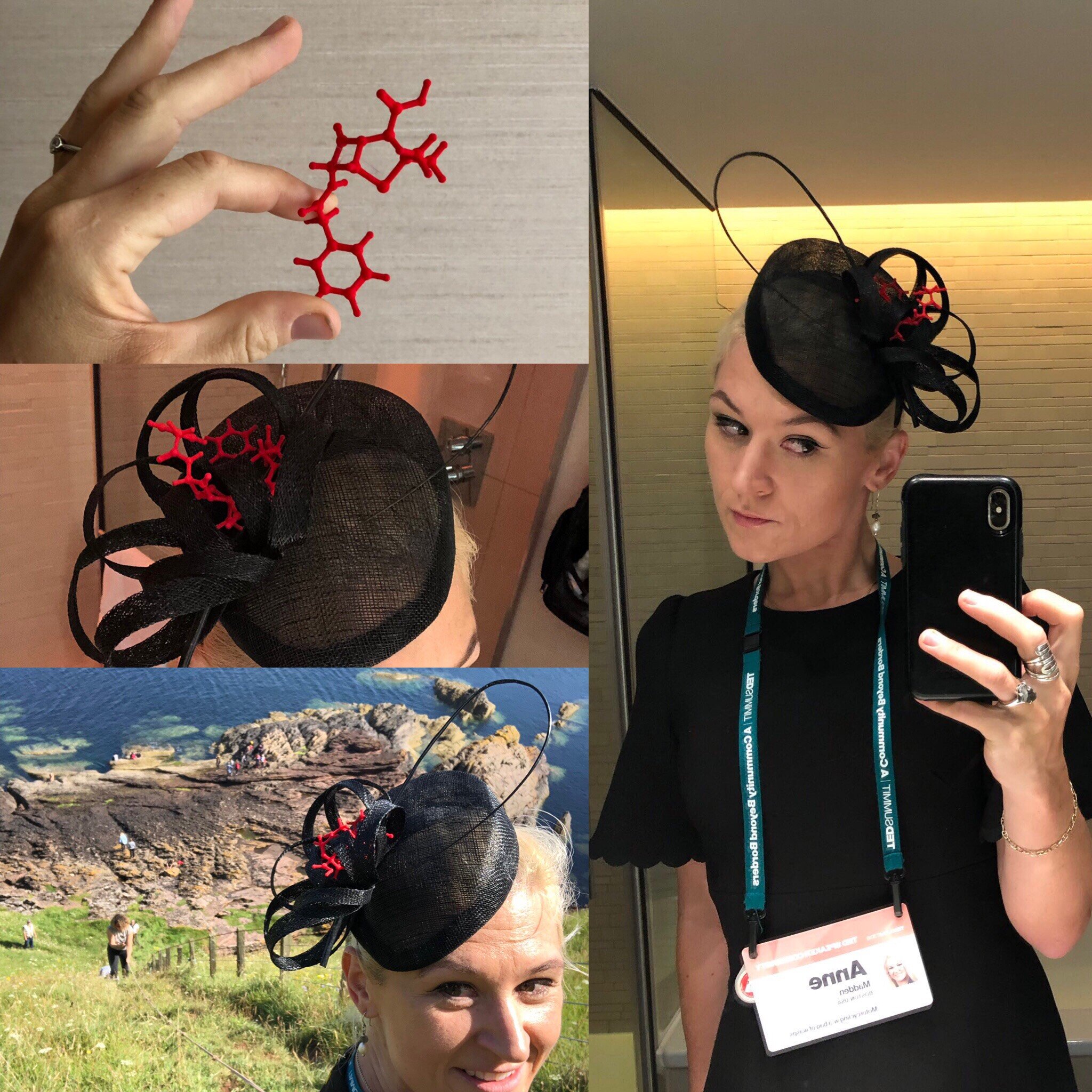
"Penicillin I" at TED SUMMIT 2019, Scotland

"Antibiotic Origins (White)" TED 2019, Vancouver, BC
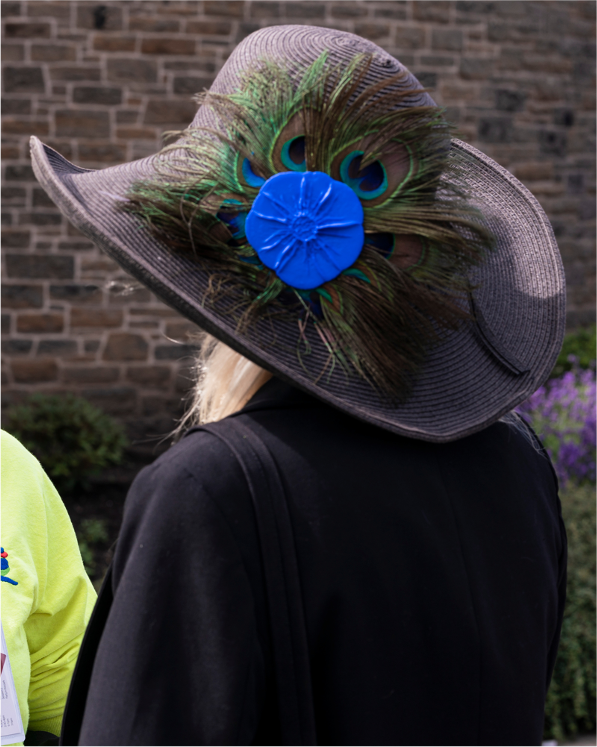
"Enzymes (Climate Change) II - Modified" TED SUMMIT, Scotland, 2019

"Enzymes (Climate Change)" TED 2019, Vancouver, BC

"Baking Yeast I" TED SUMMIT 2019, Scotland
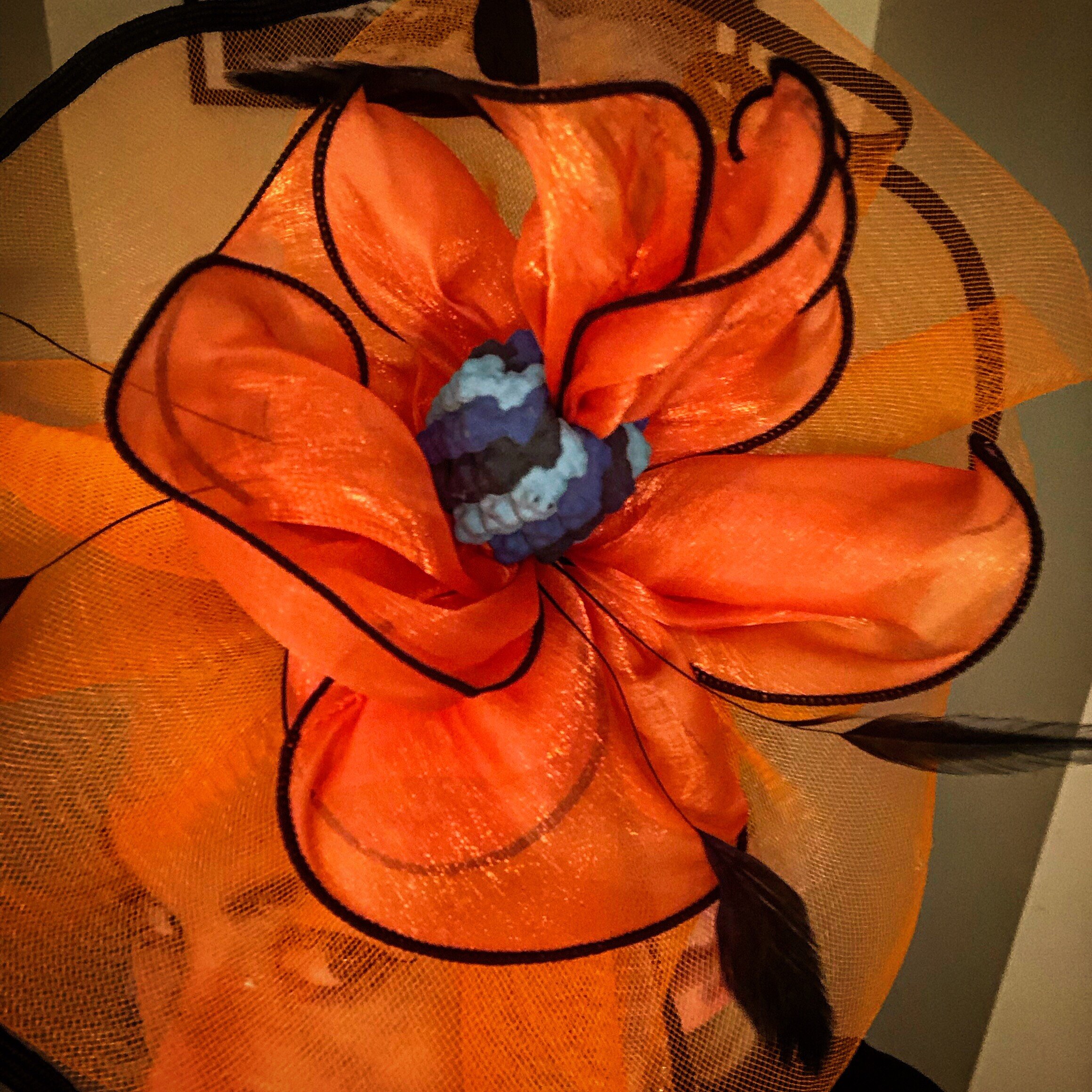
"Vaccine I" 2019

Puffin the cat inspecting "Purple Partnerships I"
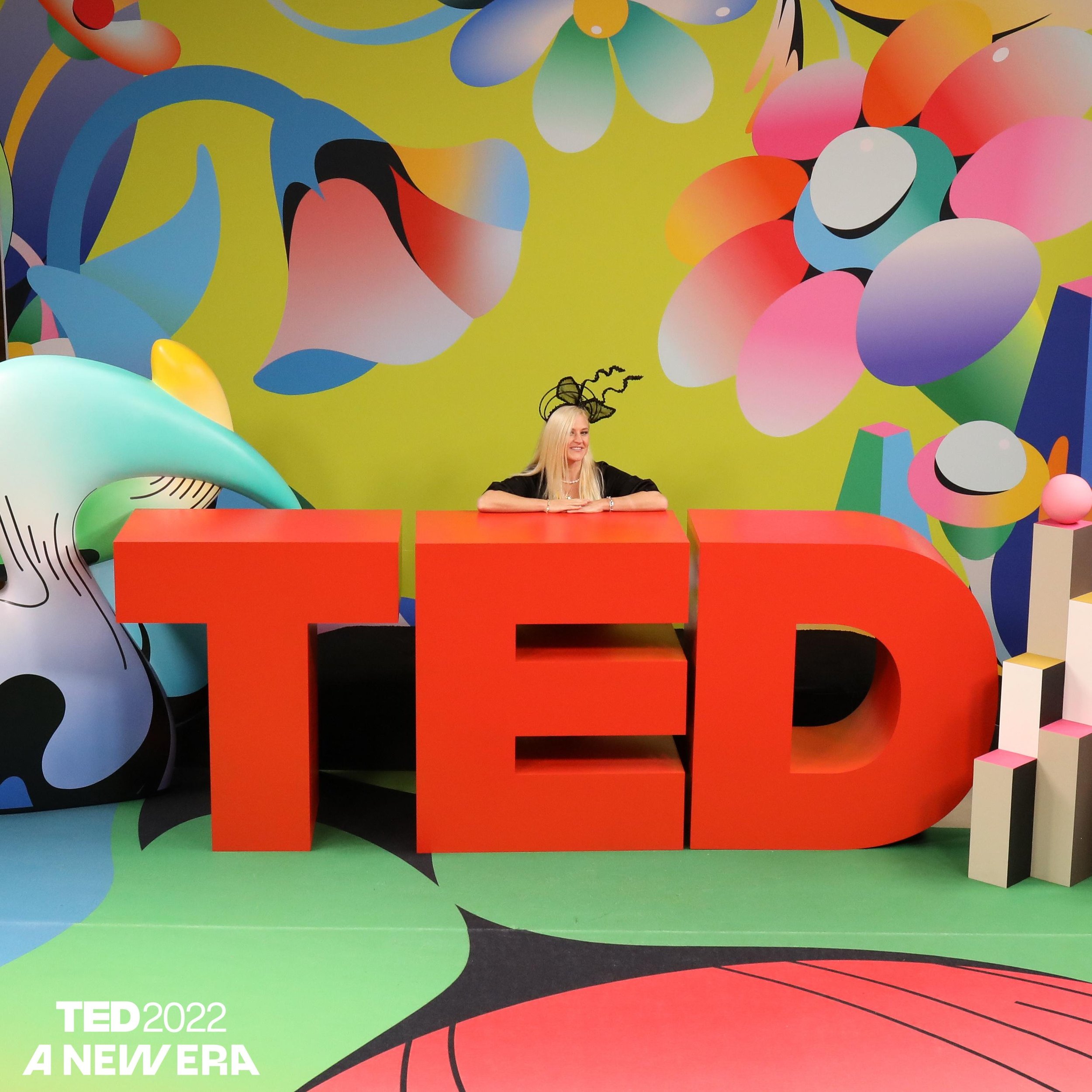
"Streptomycin" at TED 2022 in Vancouver, BC
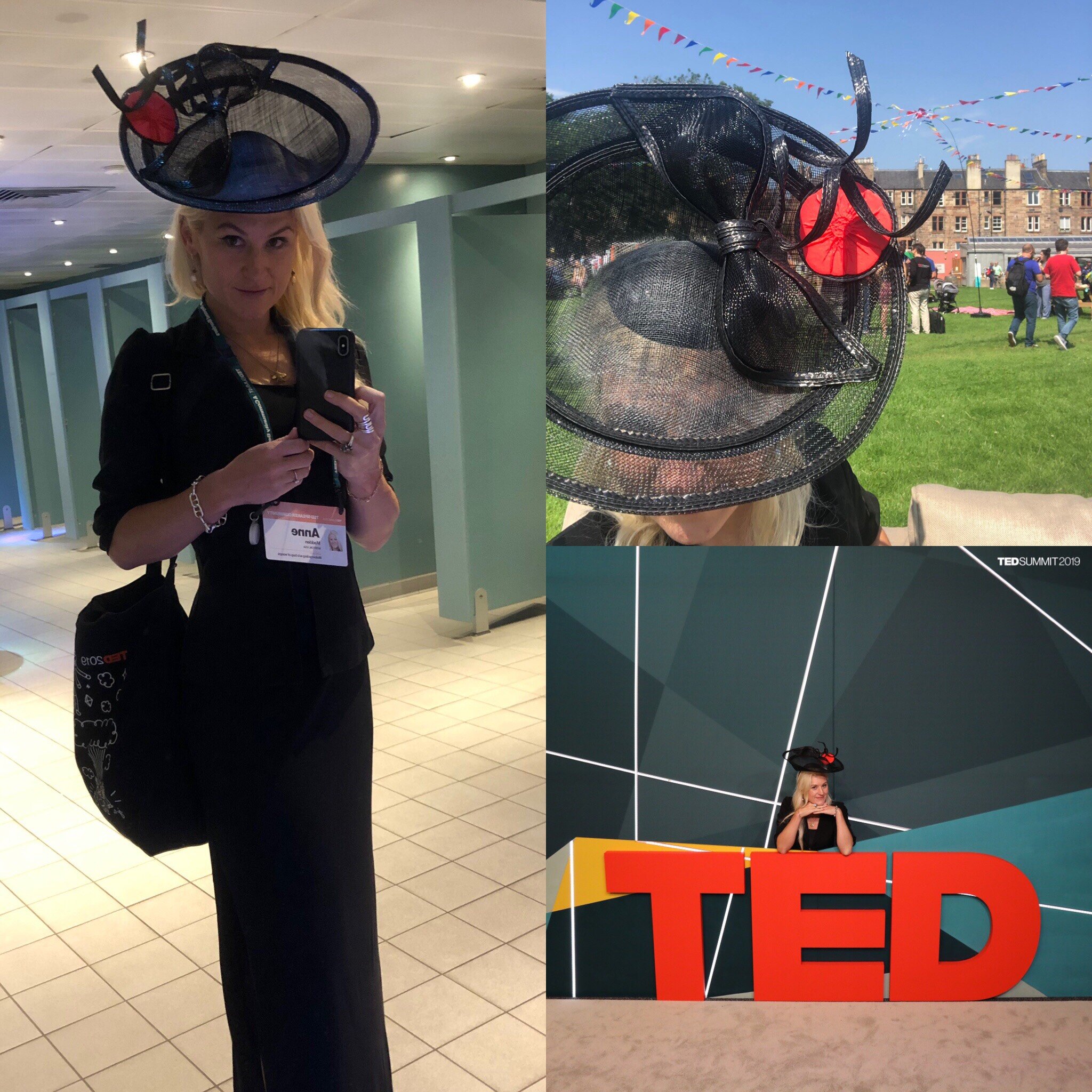
"Antibiotic Origins (Red)" TED SUMMIT 2019, Scotland
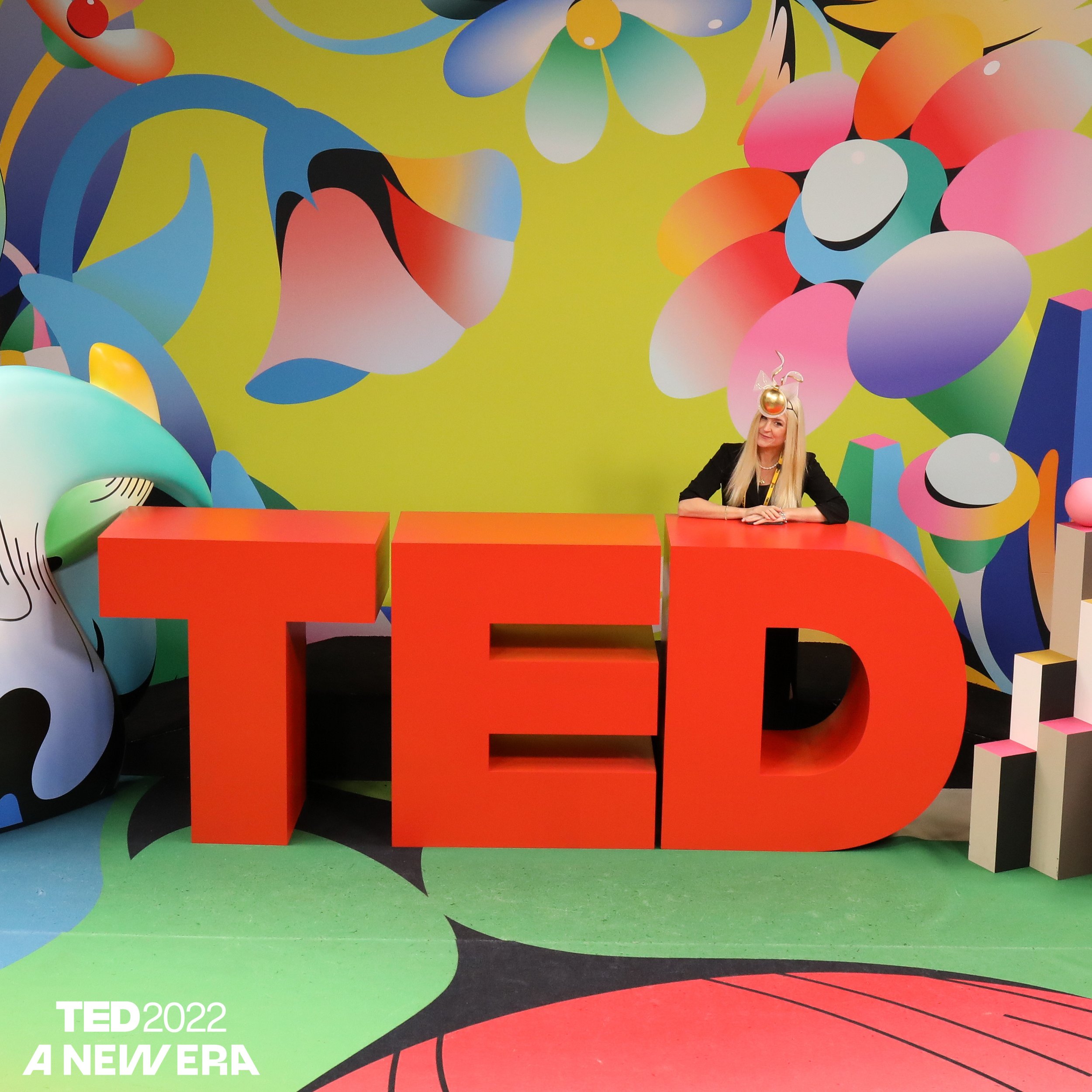
"The Golden Age of Antibiotics" at TED 2022 in Vancouver, BC

"Antibiotic Origins (Pink)" 2019 at TED in Vancouver, BC.

"Penicillin I" 2019 at TED Summit in Edinburgh, Scotland while assisting with a geology discovery session led by Paleontologist Ken Lacovara (Photo credit: Ken Lacovara).

"Enzymes (Climate Change)" TED Summit in 2019 in Edinburgh, Scotland.










